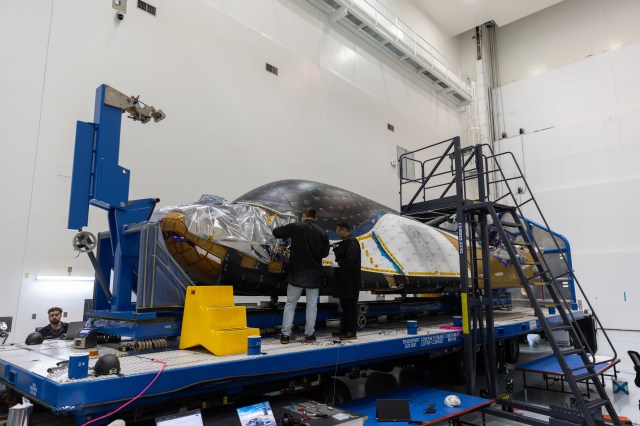Gregory Thompson
University of Alabama, Tuscaloosa
ESI 2017 Quad Chart Gregory Thompson
This research program will devise, test, and characterize a distinctive means of physical vapor deposition (PVD) of fine grain W and composite W-ZrC coatings directly onto kilograms of spheroidized surrogate nuclear fuel powders. Using a unique rotating cathode and drum-base housing unit for powders, uniform coatings over the surrogate powders will be deposited converting traditional line-of-sight PVD from 2D to now 3D structures. The cermet powders will be hot isostatic pressed (HIP) into segmented billets for testing. Legacy knowledge has suggested, but never verified, that fine grain structures created by consolidated coated particles are responsible for the improved survivability of cermet fuels for Nuclear Thermal Propulsion (NTP) technologies through a change in grain boundary character. Through detailed microstructural characterization, these grain structures formed under sintering will be quantified. Furthermore, the program will quantify the concentration and spatial location of hydrogen within the cermet billets tested under hot hydrogen experiments using deuterium tracers. This quantification will provide unprecedented understanding of dominate microstructural diffusion mechanisms as well as data for kinetic predictions to guide mitigation strategies against deleterious hydrogen reactions with the fuel source. This program brings to bear collaborative interactions between university-industry-NASA partnerships to address the need for innovative advanced coatings strategies for next-generation NTP cermet fuel sources.






























